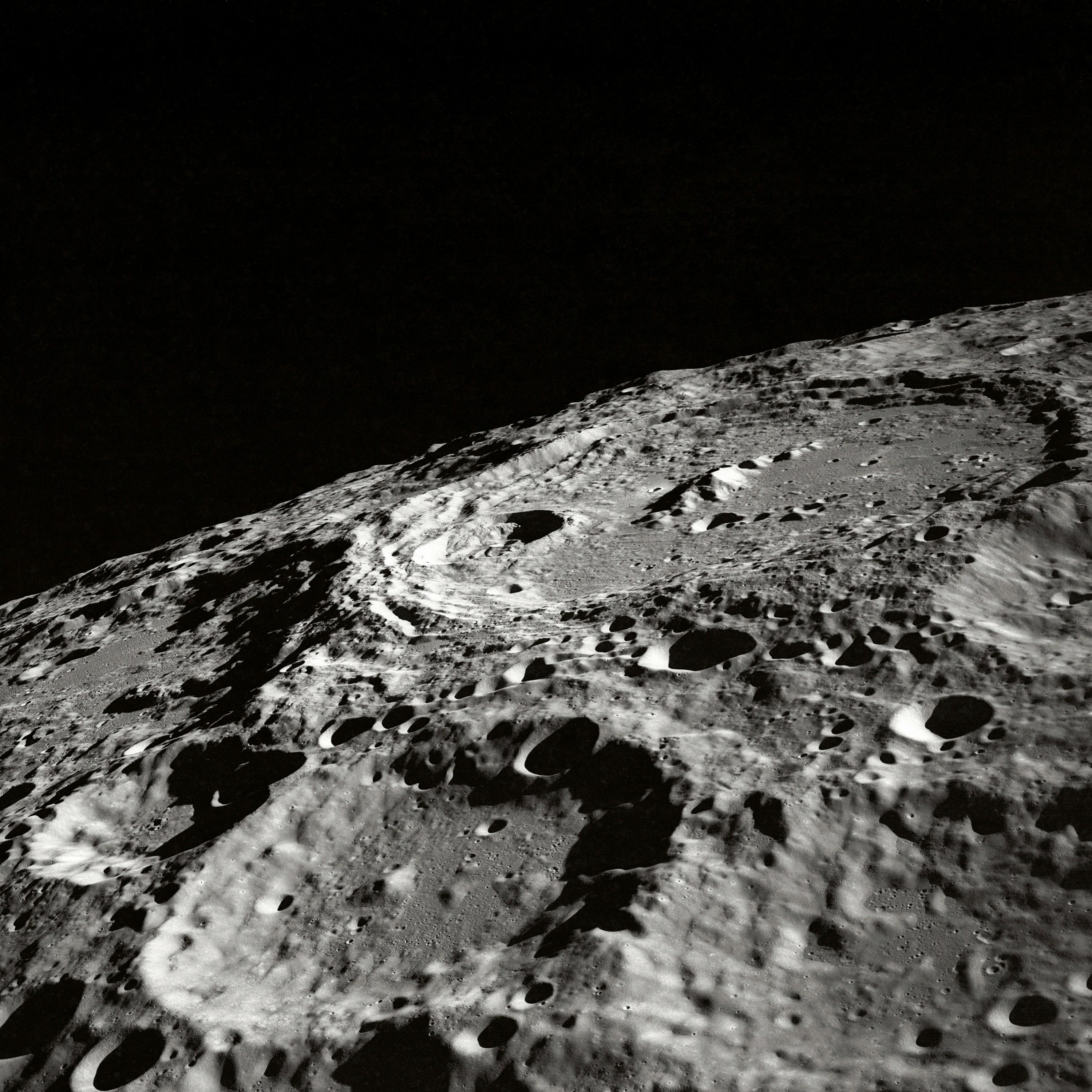In the realm of cinematic storytelling, few films have managed to reshape the audience’s perception of space as profoundly as Alfonso Cuarón’s “Gravity.” Released in 2013, this groundbreaking film set a new benchmark for realism in space cinema, merging cutting-edge technology with meticulous attention to detail. Through its innovative use of visual effects and sound design, “Gravity” not only captivated viewers with its thrilling narrative but also challenged filmmakers to rethink how they depict the cosmos. This article delves into the transformative impact ”Gravity” has had on the genre, exploring how its commitment to scientific accuracy and immersive storytelling has paved the way for a more authentic portrayal of space in film. With a confident stride, “Gravity” propelled space cinema into a new era, where the vastness of the universe is not merely a backdrop, but a character in its own right, demanding respect and reverence.
Understanding Gravitys Role in Crafting Realistic Space Narratives
In the realm of space cinema, the depiction of gravity—or the lack thereof—has been pivotal in anchoring narratives in realism. The accurate portrayal of gravitational effects offers audiences an immersive experience, bridging the gap between fiction and the awe-inspiring realities of space exploration. Gravity is not just a background element; it is a dynamic force that shapes the very essence of storytelling, influencing character interactions, plot development, and even the visual aesthetics of the film.
- Character Dynamics: In zero-gravity environments, characters move and interact in ways that defy terrestrial logic, offering a unique lens through which to explore human behavior and relationships.
- Plot Progression: The presence or absence of gravity can serve as a catalyst for conflict and resolution, adding layers of complexity to the narrative.
- Visual Aesthetics: Cinematic techniques such as wirework and CGI are employed to simulate gravitational effects, creating visually stunning sequences that captivate audiences.
By embracing the scientific nuances of gravity, filmmakers not only enhance the believability of their stories but also invite viewers to ponder the profound mysteries of our universe. This meticulous attention to detail elevates space cinema, transforming it into a genre that resonates with both the imagination and intellect of its audience.
Analyzing Cinematic Techniques for Authentic Space Experiences
In Alfonso Cuarón’s “Gravity,” a meticulous approach to cinematic techniques is employed to achieve a level of realism that immerses audiences in the vast and perilous void of space. One of the standout techniques is the use of long, continuous shots, which create a seamless narrative flow, simulating the uninterrupted and infinite nature of space itself. This method not only captivates viewers but also conveys the disorienting and relentless environment astronauts face, emphasizing the isolation and vulnerability of being adrift in space.
Another critical aspect is the sound design. In space, where sound doesn’t travel, the film strategically uses silence to amplify tension and realism. The soundtrack, often limited to vibrations and the internal sounds of the spacesuit, contrasts sharply with traditional action films, creating an eerie, yet authentic atmosphere. Furthermore, visual effects and CGI are crafted with an acute attention to detail, from the reflection of Earth on the astronauts’ helmets to the floating debris that threatens their safety, ensuring every frame resonates with authenticity. This dedication to realism through cinematic techniques not only enhances the storytelling but also sets a new benchmark for space cinema.

Incorporating Scientific Accuracy into Space Film Production
In the realm of space films, scientific accuracy often takes a backseat to dramatic storytelling. However, the film “Gravity” stands as a testament to how precision in science can enhance cinematic storytelling. By consulting with astronauts and space engineers, the filmmakers managed to capture the ethereal yet perilous nature of space. This commitment to accuracy is evident in several key aspects:
- Zero Gravity Simulation: The filmmakers utilized a combination of CGI and innovative wire rigs to realistically depict the weightlessness experienced in space, avoiding the pitfalls of exaggerated physics often seen in previous space-themed movies.
- Orbital Mechanics: “Gravity” skillfully portrays the intricacies of orbital dynamics, showcasing how the protagonists navigate their spacecraft amidst the debris, adhering closely to actual space travel protocols.
These elements not only lend credibility to the film but also immerse the audience in an authentic space experience, highlighting the thin line between safety and disaster in the vacuum of space.

Recommendations for Enhancing Realism in Future Space Cinema
To further push the boundaries of realism in space cinema, filmmakers should consider several key elements. Firstly, scientific accuracy is paramount. Collaborating with astrophysicists and aerospace engineers can ensure that the depiction of space phenomena, spacecraft mechanics, and astronaut behavior aligns with real-world physics. This can help avoid common pitfalls such as unrealistic sound propagation or implausible orbital dynamics. Additionally, attention to detail in visual effects can enhance authenticity. Utilizing high-resolution imagery from space missions as reference can lend a film the texture of genuine space environments.
- Sound Design: Emphasize silence in the vacuum of space while creatively using sound to reflect an astronaut’s internal experiences or communications.
- Character Development: Explore the psychological and emotional impacts of space travel on astronauts, adding depth and human realism to the narrative.
- Technology Representation: Accurately portray existing and speculative space technology to ground the film in a believable future.
- Real-Time Storytelling: Consider using continuous takes or real-time sequences to convey the uninterrupted, relentless nature of space missions.
By weaving these elements into the narrative and production design, future space cinema can offer audiences not just a visual spectacle but a truly immersive and credible experience of life beyond Earth.







